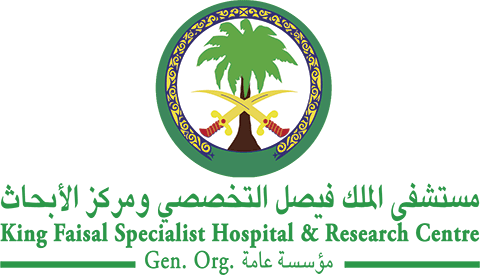Abstract
Background: Thrombocytopenia remains a life-threatening late complication of HCT with an incidence of 5e20%. Currently, there is no approved drug for the treatment of persistent thrombocytopenia post HCT and platelet transfusion is the maintain stay of treatment. Eltrombopag is approved for the treatment of thrombocytopenia associated with different diseases, however; data on eltrombopag treatment post HCT are limited. Methods: This is a retrospective cohort study evaluating the effect of eltrombopag on platelet recovery in patients with persistent thrombocytopenia post HCT. The primary endpoint was platelet recovery to ≥ 20,000/mL for 7 consecutive days without transfusion support after starting eltrombopag. Secondary endpoint was platelet recovery to ≥ 50,000/mL for 7 consecutive days. Results: Twenty-one patients were included. Twelve (75%) of 16 patients became independent from platelet transfusions. Median time from starting eltrombopag to last transfusion was 60 days (range, 9e226 days). Ten (63%) of 16 transfusion dependent patients with platelet count < 20,000/mL achieved the primary endpoint. Seven (33%) patients of 21 included had successful platelet recovery (ie, ≥50,000/mL without transfusion support) and the median time to platelet recovery in patients who achieved it was 32 days (range, 13e265 days). Ten patients (48%) were able to successfully discontinue eltrombopag without recurrence of thrombocytopenia. Conclusion: Our findings demonstrated that eltrombopag appears to have a clinically significant impact on platelet recovery in persistent thrombocytopenic patients post HCT.
Recommended Citation
Samarkandi, H; Al Nahedh, M; Alfattani, A; Alsharif, F; Bakshi, N; Rasheed, W; Alfraih, F; Alhumaid, M; Alkhudair, Nora; Alhayli, S; Alsaedi, H; Shaheen, M; Hanbali, A; Hashmi, S.K.; Devol, E; Alseraihy, A; Alzahrani, H; and Aljurf, M
(2022)
"Evaluation of Eltrombopag in Thrombocytopenia Post Hematopoietic Cell Transplantation,"
Hematology/Oncology and Stem Cell Therapy: Vol. 15
:
Iss.
1
, Article 2.
Available at: https://doi.org/10.1016/j.hemonc.2020.07.006
Creative Commons License

This work is licensed under a Creative Commons Attribution-Noncommercial-No Derivative Works 4.0 License.
Included in
Cancer Biology Commons, Hematology Commons, Oncology Commons

